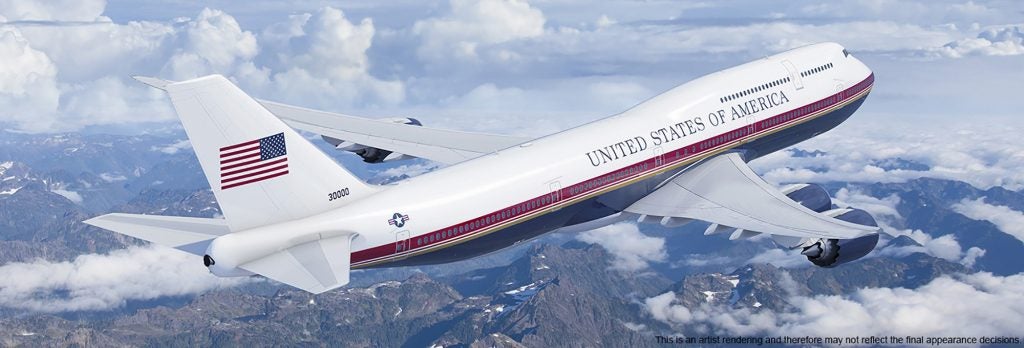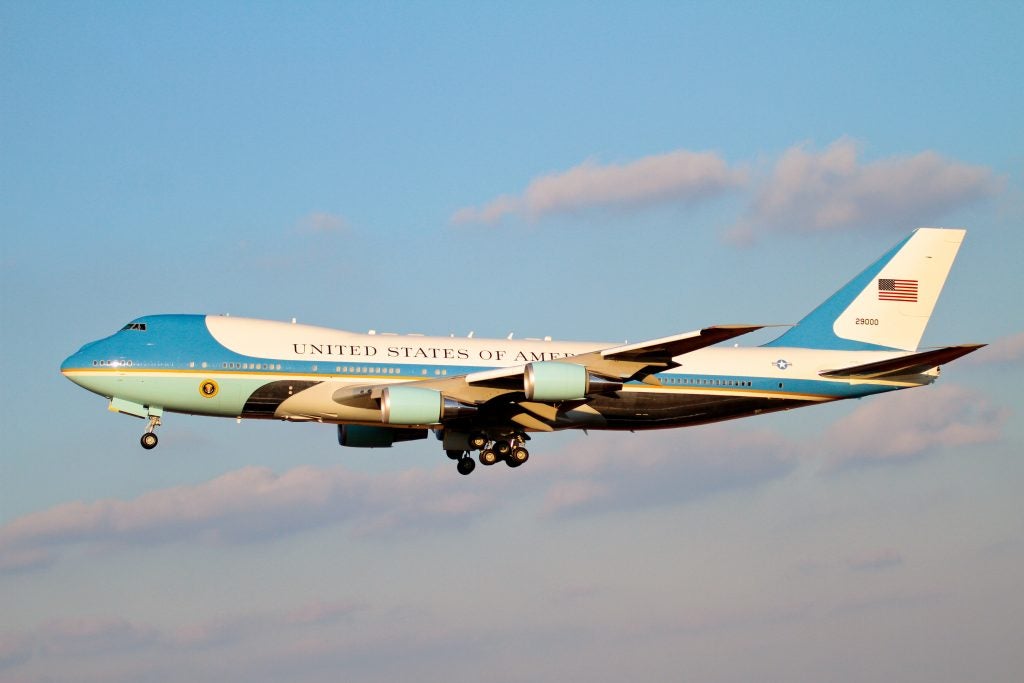Report: New Air Force One Will Retain Current Paint Scheme
The Biden administration has decided to keep Air Force One’s current paint scheme for its future replacement, with the paint scheme proposed by former President Donald Trump scrapped due to potential cost and heat issues.
An administration official told Politico on condition of anonymity that “The Trump paint scheme is not being considered because it could drive additional engineering, time and cost”. The Air Force has yet to issue any comments.
The Trump scheme had called for dark blue paint on the underside and engines of the VC-25B, instead of the current light blue and white scheme that has been in use since the Kennedy presidency. Due to the darker shade’s increased heat retention, Politico’s sources said that additional modifications may be required to provide cooling for components that would otherwise experience excessive temperatures.

Air Force spokesperson Ann Stefanek previously told Politico that “Further analysis concluded darker colors, among other factors, on the underside of the VC-25B aircraft might contribute to temperatures exceeding the current qualification limits of a small number of components”, but did not comment on the possibility of modifications.
The abandonment of the Trump scheme and potential additional costs associated with it would be a relief for Boeing, which entered a fixed-price $3.9 billion contract with the United States Air Force in 2018 for two VC-25Bs based on the 747-8. While Boeing CEO Dave Calhoun stopped short of naming the former president during an investors’ call in April, he said that his predecessor Dennis Muilenburg probably should not have entered the “very unique negotiation” involved in the deal.
The program, however, continues to be bedeviled by supply chain and workforce issues brought on by the continued fallout of the COVID-19 pandemic, as well as a dispute between Boeing and a subcontractor. Boeing reported a $660 million loss on the program in its first quarter financial results for 2022, due to “higher supplier costs, higher costs to finalize technical requirements and schedule delays”. The Air Force’s 2023 budget proposal now expects the VC-25Bs to make their first flights in 2026, two years behind the original schedule.

